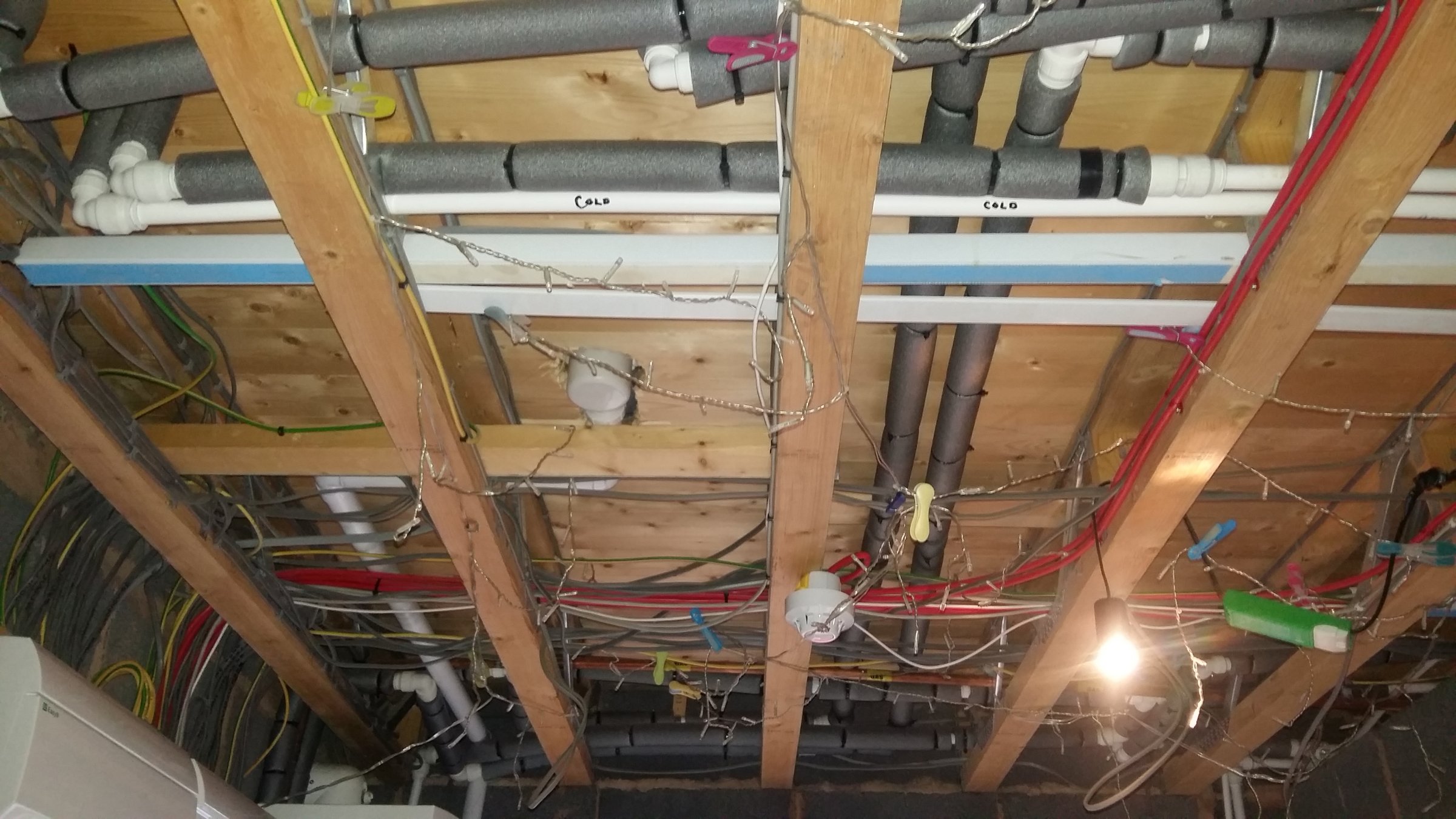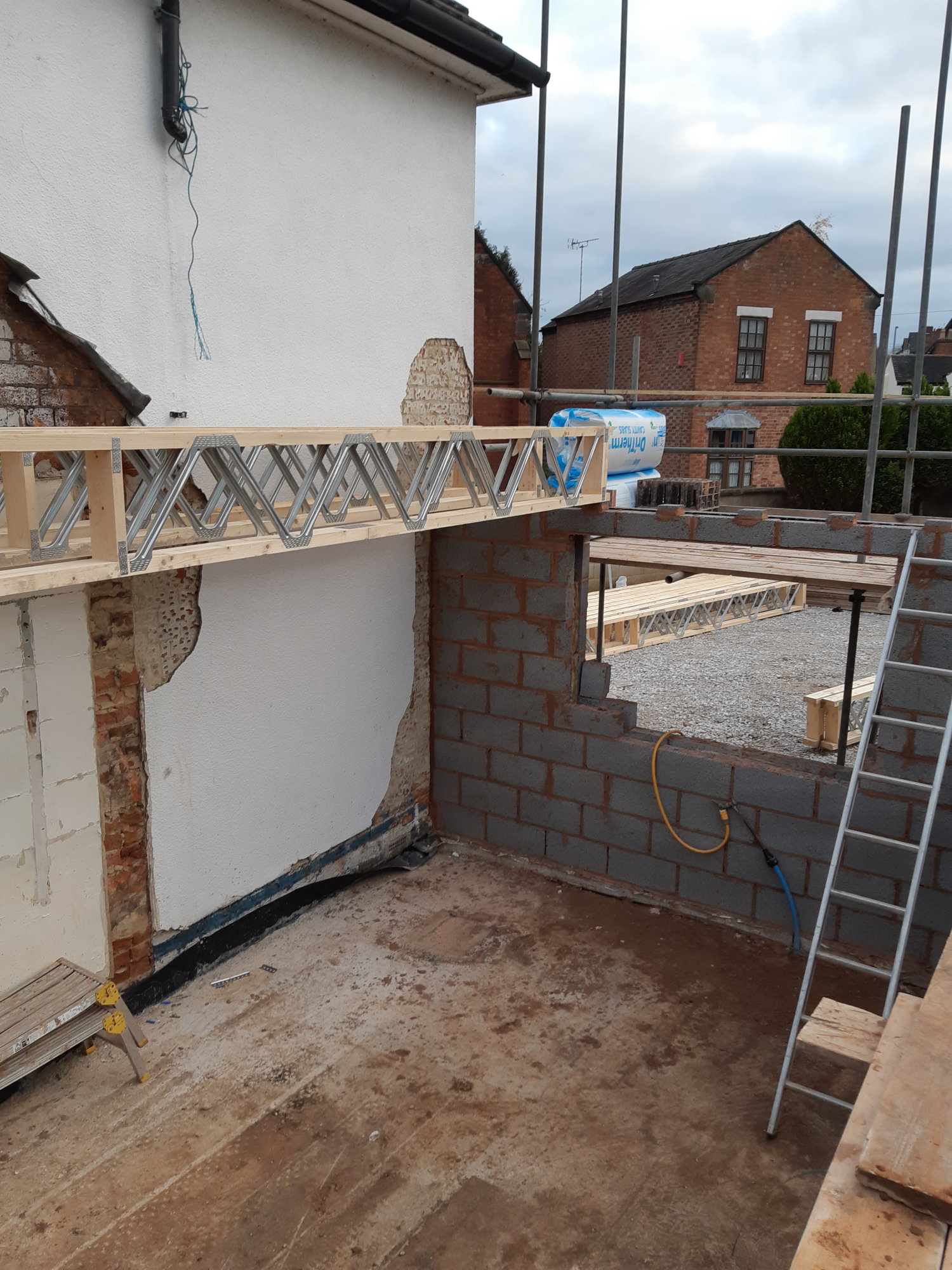Hi All,
I've just got some quotes in from different suppliers for my first floor joists. Designer spec'd engineering joists, and I've ended up with 3 posi joist quotes and one I beam.
All the companies were given the same spec - 5.1m clear span, attach to existing wall via ledger plate on one side, other side sitting on the masonry.
I've ended up with 3 different specs for the posi joists. They're all within 10% price wise, but I don't know what's best!
The 225mm deep ones seem appealing as it allows be to fit nicely into a single course of blockwork without faffing, and keeping the floor level with the existing floor, so I'm leaning towards one of the top two quotes.
However, I really don't know if 10 joist that a 50% wider are better than 14 joists that are thinner. Nor do I have a view if a hanger is better than the top chord on the ledger plate. Any thoughts?

Also is there much difference between Posi and I joist, apart from the ease of running services? The I joists are 20-25% cheaper...
Thanks
Andy
I've just got some quotes in from different suppliers for my first floor joists. Designer spec'd engineering joists, and I've ended up with 3 posi joist quotes and one I beam.
All the companies were given the same spec - 5.1m clear span, attach to existing wall via ledger plate on one side, other side sitting on the masonry.
I've ended up with 3 different specs for the posi joists. They're all within 10% price wise, but I don't know what's best!
The 225mm deep ones seem appealing as it allows be to fit nicely into a single course of blockwork without faffing, and keeping the floor level with the existing floor, so I'm leaning towards one of the top two quotes.
However, I really don't know if 10 joist that a 50% wider are better than 14 joists that are thinner. Nor do I have a view if a hanger is better than the top chord on the ledger plate. Any thoughts?
Also is there much difference between Posi and I joist, apart from the ease of running services? The I joists are 20-25% cheaper...
Thanks
Andy



